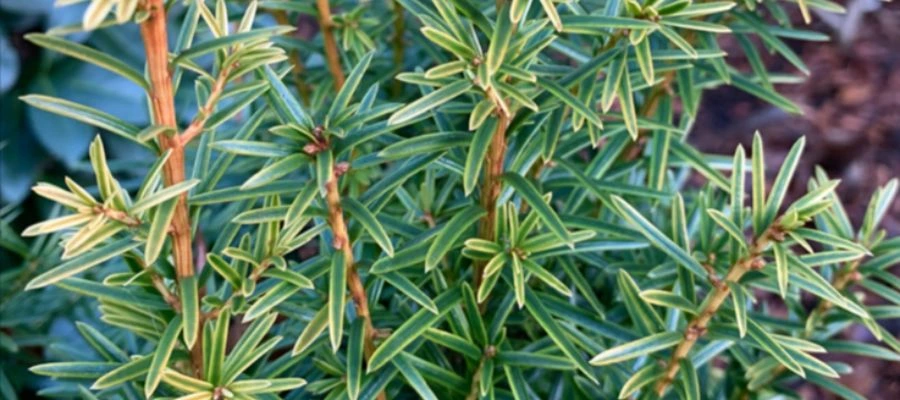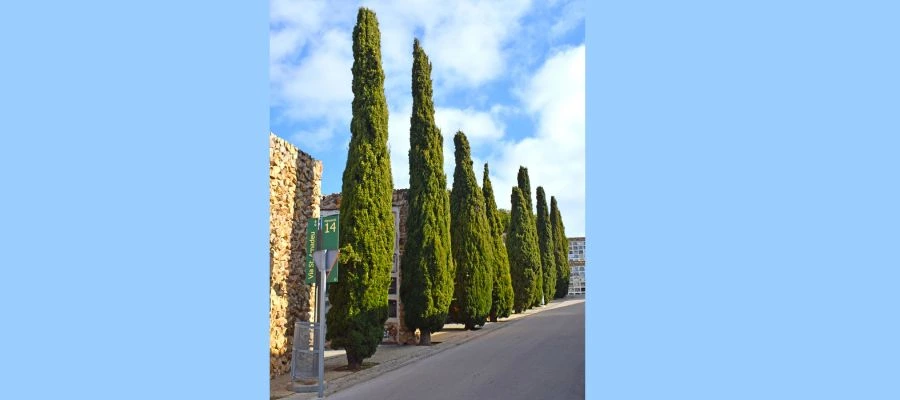
Conifer plant | Hermagic
Conifer plants, a diverse group of evergreen trees and shrubs, have captivated the human imagination for centuries with their towering presence, striking forms, and enduring greenery. With their characteristic cone-bearing structures, conifers belong to the botanical division Pinophyta and are found in various regions across the globe, from temperate forests to mountainous landscapes. These ancient plants have stood the test of time, with some species dating back millions of years, and they continue to play vital roles in both natural ecosystems and human societies. One of the defining features of conifers is their needle- or scale-like leaves, which remain green throughout the year. This adaptation allows them to thrive in environments with cold winters and limited water availability. Unlike deciduous trees that shed their leaves seasonally, conifers possess remarkable resilience, maintaining their foliage and providing a sense of permanence in landscapes.
Conifer plants exhibit remarkable diversity, encompassing more than 600 species, ranging from the majestic redwoods and towering pines to the more compact junipers and spruces. Each species carries its own unique characteristics, adapting to specific environmental conditions and exhibiting a variety of growth habits, sizes, and shapes. This diversity has contributed to their widespread use in landscaping, providing a wide range of choices for creating visual interest, windbreaks, privacy screens, and more. Read the following article curated by Hermagic to learn more about the conifer plant, the best conifer plant, and cheap conifer plant.
List of the best conifer plant
There are multiple ways to find the best conifer plant online. However, Hermagic has curated a list of the best conifer plant to ease your research. The list of the best conifer plant is as follows:
1.Taxus baccata ‘Ivory Tower’

Taxus baccata Ivory Tower | Hermagic
Taxus baccata ‘Ivory Tower’ is an intriguing coniferous plant that stands out for its unique characteristics and ornamental value. This cultivar, commonly known as the ‘Ivory Tower’ yew, is a variety of Taxus baccata, a species belonging to the Taxaceae family. It is highly regarded for its striking appearance and suitability for various garden settings. The ‘Ivory Tower’ yew showcases an upright and columnar growth habit, making it an excellent choice for vertical accents or creating a sense of height in the landscape. It can reach an impressive height of up to 10 meters (33 feet) and has a relatively narrow width, providing an elegant and compact silhouette.
One of the standout features of this cultivar is its foliage. The ‘Ivory Tower’ yew boasts dense, evergreen needles that display distinctive creamy-white variegation against a backdrop of deep green. This contrasting coloration adds a touch of sophistication and visual interest to the plant, making it a striking focal point in any garden or landscape design.
In addition to its aesthetic appeal, Taxus baccata ‘Ivory Tower’ offers several practical benefits. As with other yew species, it has excellent tolerance to pruning and shaping, allowing for creative topiary designs or maintaining a more compact size. Its versatility extends to both sun and shade, as it can adapt to different light conditions, although it generally thrives best in partial shade. The ‘Ivory Tower’ yew is also valued for its relatively low maintenance requirements. It is known for its hardiness, able to withstand cold temperatures and various soil types, including chalky or acidic soils. Moreover, it has good resistance to common diseases and pests, making it a reliable and long-lasting addition to garden landscapes.
2.Picea glauca var. Albertina ‘J.W. Daisy’s White’
Picea glauca var. Albertina ‘J.W. Daisy’s White’ is an enchanting conifer plant that adds a touch of elegance and beauty to any garden or landscape. This cultivar, commonly known as ‘J.W. Daisy’s White’ or Alberta white spruce, is a variety of Picea glauca var. Albertina, which belongs to the Pinaceae family. With its distinctive appearance and versatile nature, it is a sought-after choice for both ornamental and practical purposes. The ‘J.W. Daisy’s White’ white spruce is known for its striking foliage. It features dense, needle-like leaves that are predominantly bright green, creating a lush and vibrant canopy. What sets this cultivar apart is the presence of unique white coloration on the new growth, which adds a touch of elegance and a subtle contrast to the overall appearance of the tree. This coniferous beauty showcases a pyramidal growth habit, with branches that sweep gracefully downward. It can reach a height of up to 6 meters (20 feet) and has a moderate spread, making it suitable for smaller gardens or as a specimen plant in larger landscapes. The ‘J.W. Daisy’s White’ white spruce adds structure and vertical interest to the garden, creating a focal point that captures attention year-round.
Aside from its aesthetic appeal, Picea glauca var. Albertina ‘J.W. Daisy’s White’ offers several practical benefits. It is a hardy and resilient plant, well-suited to colder climates, and able to tolerate a variety of soil conditions, including acidic or alkaline soils. This adaptability makes it a versatile choice for gardeners in different regions.
3.Italian Cypress

Italian Cypress | Hermagic
The foliage of the Italian Cypress consists of dense, scale-like leaves that are arranged in flattened sprays. The leaves are a vibrant dark green color, adding a sense of lushness to the tree’s overall appearance. The evergreen nature of the foliage ensures that the Italian Cypress remains vibrant and verdant year-round, offering a welcome splash of color and life in both urban and natural settings. Apart from its aesthetic appeal, Cupressus sempervirens is known for its resilience and adaptability. It thrives in full sun and well-drained soil, tolerating a variety of soil types, including sandy or rocky soils. The Italian Cypress is also highly drought-tolerant once established, making it an ideal choice for regions with hot, dry climates. In addition to its ornamental value, the Italian Cypress has historical and cultural significance. Throughout history, these trees have been associated with longevity, immortality, and the remembrance of loved ones. They have been planted in ancient cemeteries, cityscapes, and landscapes, leaving a lasting impression on the human imagination.
The Italian Cypress’s timeless beauty and elegant form make it a popular choice for a wide range of garden styles. Whether used in formal gardens, contemporary landscapes, or as a backdrop to highlight other plants, this conifer adds a touch of sophistication and a Mediterranean flair to outdoor spaces.
Conclusion
In conclusion, conifer plants are a remarkable group of evergreen trees and shrubs that bring enduring beauty, resilience, and practical benefits to our natural landscapes and human societies. From the towering redwoods to the compact junipers, conifers captivate us with their unique characteristics, diverse forms, and striking foliage.
FAQ’s









































































